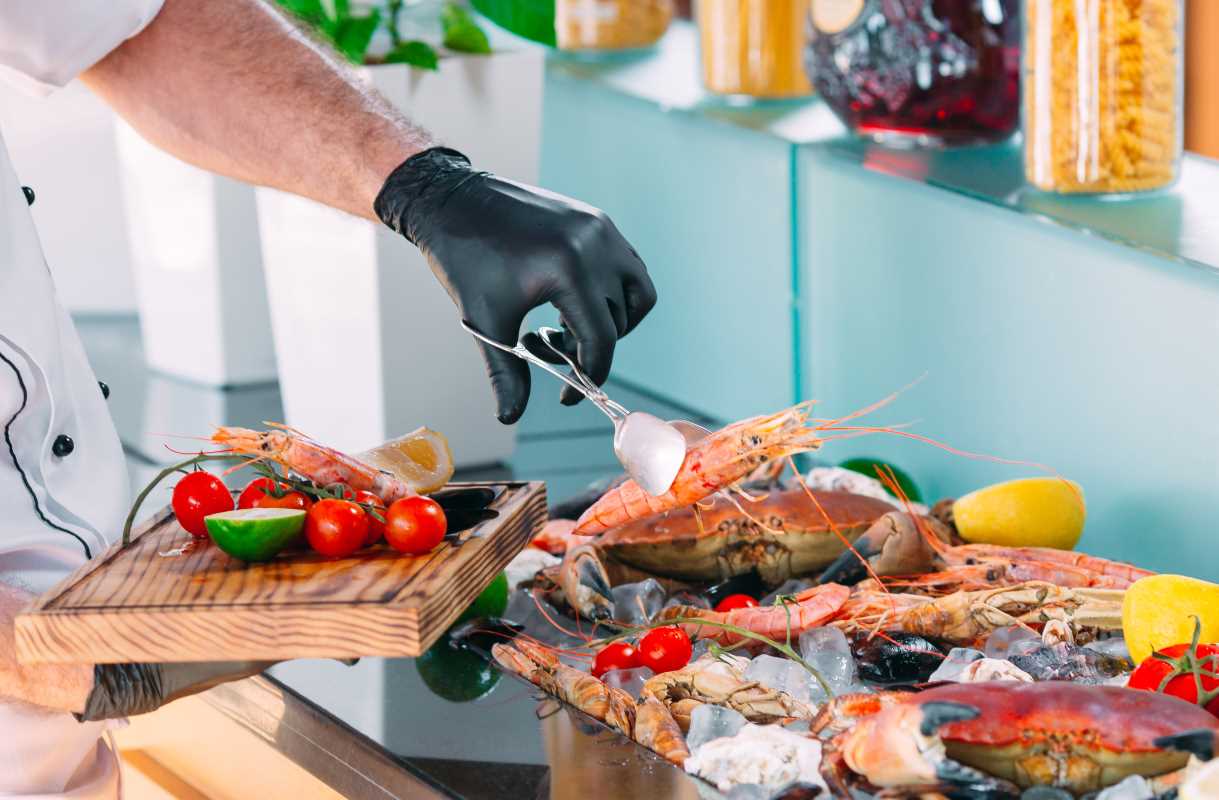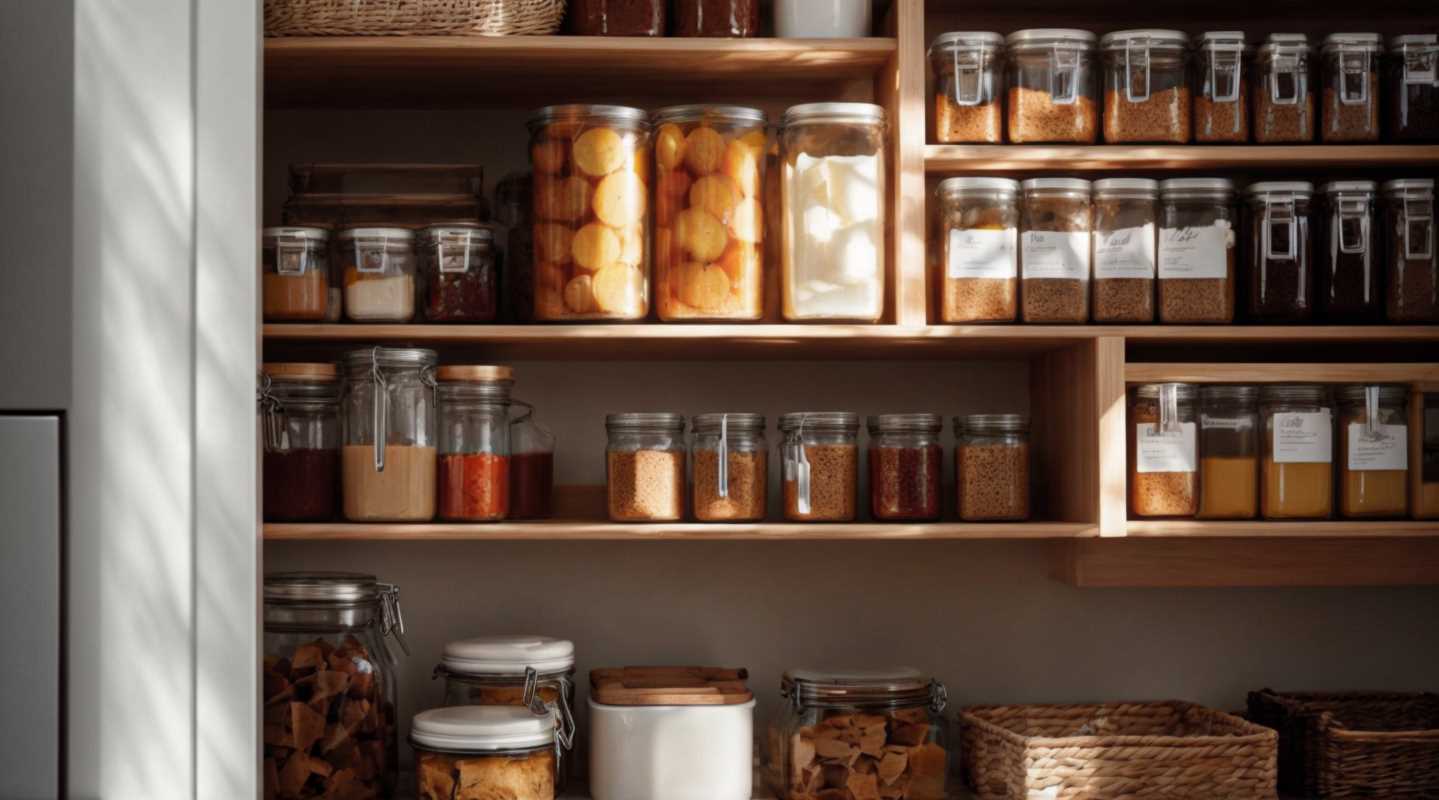Choosing sustainable seafood allows people to savor delicious fish and shellfish while helping to protect the health of the world’s oceans. By picking options that come from responsible sources, shoppers support efforts that maintain vibrant marine habitats and keep fish populations robust. This way of selecting seafood brings the added reward of meals that taste fresh and satisfying, while also ensuring that future generations can continue to enjoy these ocean treasures. Supporting sustainable practices makes a positive impact on the environment and adds real value to every dining experience.
Here are some key points that define what makes seafood sustainable:
- Catch methods that minimize environmental impact.
- Farmed seafood grown using practices that protect water quality and local ecosystems.
- Responsibly managed stocks that help maintain natural balance.
- Traceable origins that ensure transparency from sea to plate.
- Use of eco-friendly techniques that reduce bycatch and habitat damage.
How to Identify Sustainable Seafood Choices
Finding sustainable seafood while shopping or dining out might seem tricky, but some simple tips can guide you in the right direction. The key is to do a little research and combine it with your taste preferences to enjoy seafood that is both eco-friendly and delicious.
Keep these practical steps in mind, and you will feel much more confident about every choice:
- Look for reputable eco-labels or certifications on packaging that show sustainable practices.
- Ask your seafood counter staff or restaurant if they can provide information on the sourcing and sustainability of their offerings.
- Check local advisories and trust guides like the Seafood Watch recommendations.
- Read product labels carefully to find out the origin and method of catch or farming.
- Shop at local markets where you can talk directly with fishmongers about their practices.
Top Sustainable Seafood Options that Don’t Sacrifice Taste
Many seafood lovers worry that choosing sustainable options might limit flavor, but this isn’t true. Popular sustainable seafood like wild-caught Alaskan salmon, mahi-mahi, and halibut offer rich textures and satisfying tastes that work well in many recipes. These species often have higher omega-3 content and fresher flavor profiles, making them smart choices for those who love meals bursting with flavor.
Local markets and restaurants now offer a range of sustainably sourced seafood that makes it easy to include these choices in daily meals. Options like mussels and oysters, known for their natural brininess, or responsibly farmed shrimp that maintain a firm, sweet meat are all excellent and widely available. Enjoying dishes with these ingredients keeps both your palate and our oceans happy.
Cooking Tips for Maximizing Flavor in Sustainable Seafood
A great meal begins with the right cooking method. When preparing sustainable seafood, focus on techniques that preserve its natural flavors. Simple methods such as grilling, steaming, or lightly pan-searing enhance the seafood’s natural succulent taste. Fresh ingredients like lemon, garlic, and herbs such as dill or parsley complement the mild flavor without overpowering it.
Try experimenting with ingredient pairings to find that perfect balance. For example, toss your fish with extra virgin olive oil and a squeeze of citrus before grilling. These techniques help seal in moisture and flavor while creating a delightful aroma that promises a satisfying bite. A light sprinkle of seasoning with a zest of lime can elevate your dish and make each seafood meal memorable.
Pairing Sustainable Seafood with Lifestyle Choices
Enjoying sustainable seafood goes beyond just eating well; it can also match a well-rounded lifestyle. Incorporate these choices into your diet to show a commitment to both personal health and the planet. When planning meals, think of seafood as a versatile option that adapts to many cooking styles and occasions—whether casual weeknight dinners or a special weekend gathering.
You might even combine your new cooking habits with other eco-friendly practices. For instance, exploring ways to make your home more energy-efficient can add to the overall sense of well-being you create for yourself.
Overcoming Myths and Misconceptions
Some common myths can prevent people from trying sustainable seafood. Clearing up these misconceptions might encourage more to experiment with eco-friendly meals. Here are a few widespread beliefs and the facts behind them:
- Myth: Sustainable seafood lacks flavor. Fact: Many sustainable species are appreciated not just for their environmental benefits but also for their rich, distinctive taste profiles.
- Myth: Sustainable options are only available in specialty stores. Fact: Supermarkets and local markets increasingly carry a variety of sustainable seafood choices that suit all budgets and tastes.
- Myth: Cooking sustainable seafood is overly complicated. Fact: Simple cooking techniques are not only effective but also enhance the fresh flavor of the seafood, making delicious meals easy to prepare.
- Myth: Sustainable seafood costs more. Fact: While some items might be pricier, many sustainably sourced fish and shellfish offer competitive prices once you consider quality and long-term environmental benefits.
Sustainable seafood lets you create mouthwatering dishes that help our environment. With a few adjustments to your shopping and cooking habits, you can enjoy flavors that satisfy your taste buds and support the planet simultaneously.
Incorporate these practices into your daily routine to make each meal more meaningful and support healthier oceans with every bite.
 (Image via
(Image via





